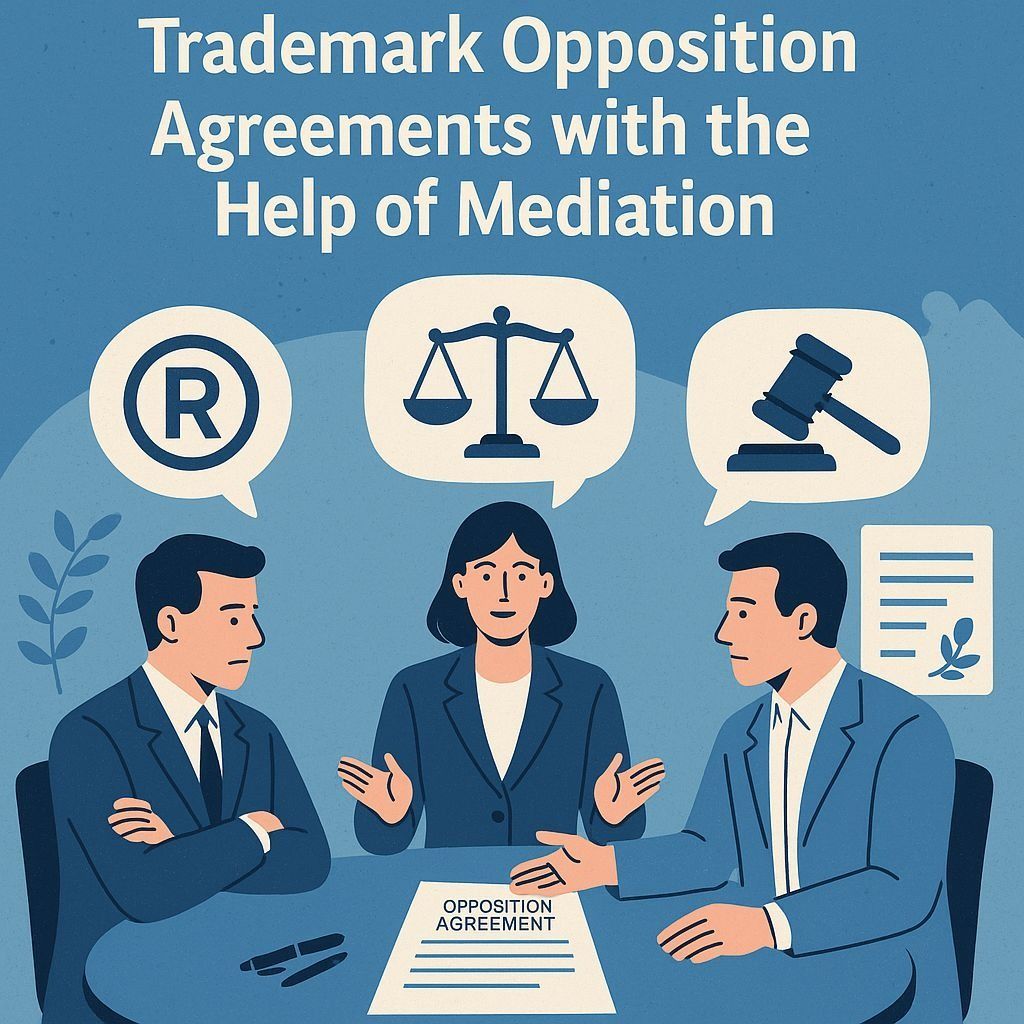Active Listening in Mediation
As a mediator, I believe that the foundation of any successful resolution lies in active listening. This technique involves fully focusing on the speaker, understanding their perspective, and acknowledging their needs and feelings through attentive listening and effective communication. By using active listening techniques, I can build trust and respect with the parties involved and create an environment conducive to finding a mutually acceptable resolution.
In utilizing active listening in mediation, I take the following steps to ensure the best possible outcome:
- Undivided Attention: I make sure that I am present in the moment and focused solely on the speaker. I avoid distractions and interruptions, and make eye contact to show my commitment to understanding their perspective. By giving the speaker my undivided attention, I create a safe and respectful environment where they can express themselves freely.
- Reflection and Clarification: I listen carefully to the speaker and then reflect back what I have heard. This shows that I am engaged and have a clear understanding of their perspective. Additionally, I may ask clarifying questions to ensure that I have a complete understanding of the speaker’s position and to avoid any misunderstandings.
- Open-Ended Questions: I encourage the speaker to elaborate on their perspective by asking open-ended questions. This allows the speaker to share more information and provides me with a deeper understanding of their needs and feelings. Asking open-ended questions also shows my commitment to understanding their perspective and can help the speaker to better understand their own needs and feelings.
- Empathy and Understanding: I demonstrate empathy and understanding through nonverbal cues such as nodding, making eye contact, and avoiding defensive body language. By showing empathy and understanding, I create a positive and respectful environment where the speaker feels comfortable expressing themselves.
- Avoiding Assumptions: I understand that assumptions and jumping to conclusions can be damaging and lead to misunderstandings. I remain open-minded and avoid making assumptions about the speaker’s perspective. By avoiding assumptions, I help to ensure that the resolution is based on a clear understanding of all parties’ needs and feelings.
By actively listening to each party, I can gain a comprehensive understanding of their perspectives, needs, and feelings. This information is crucial in finding a mutually acceptable resolution that takes into account all parties’ concerns. Furthermore, active listening can help to de-escalate any emotions and create a positive and constructive environment for resolution. I believe that by utilizing these active listening techniques, I can facilitate successful resolutions that are based on trust, respect, and mutual understanding.
The post Active Listening in Mediation appeared first on Nicole Weaver, PLLC.











